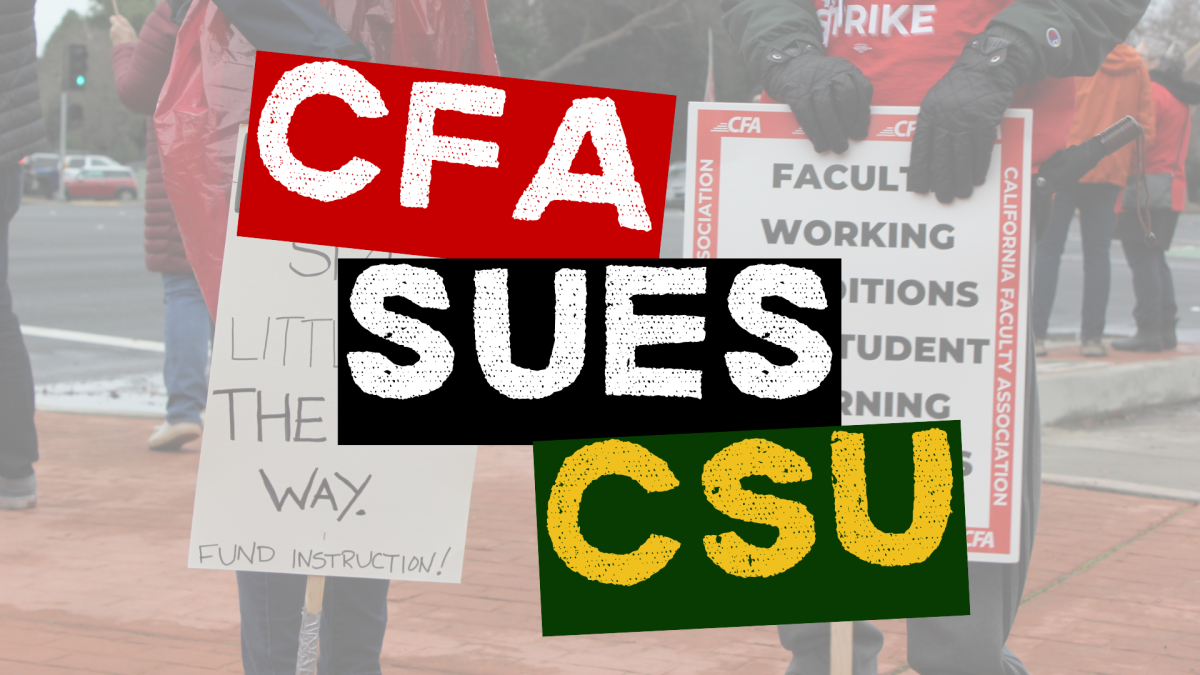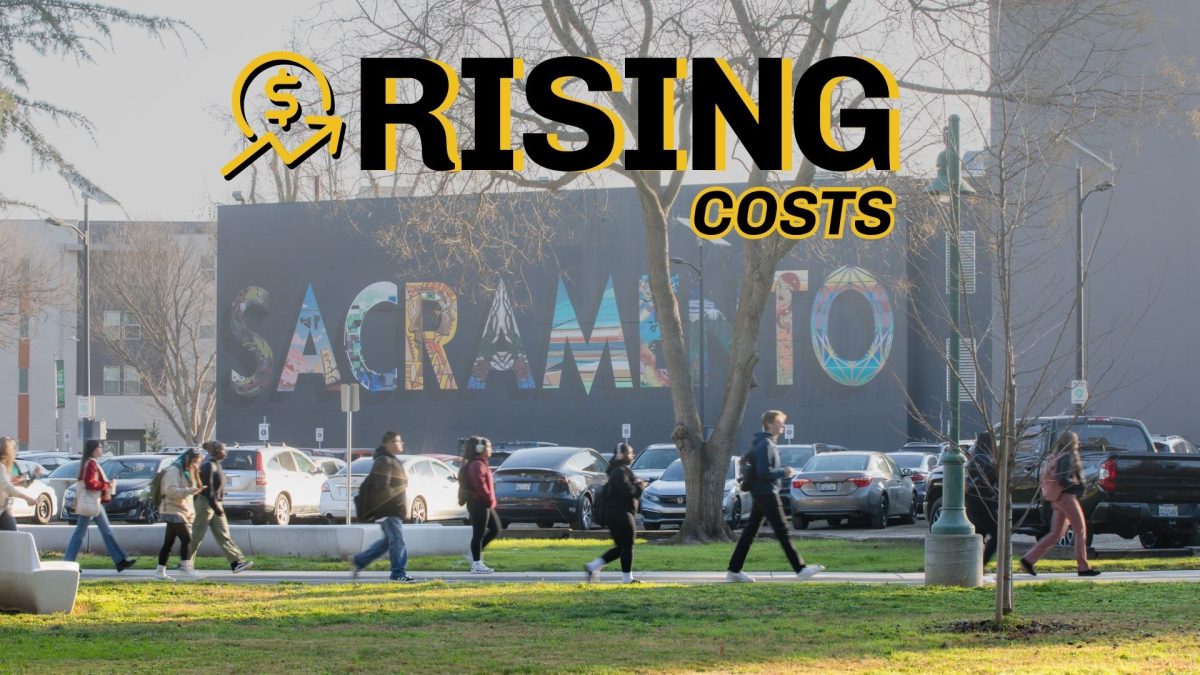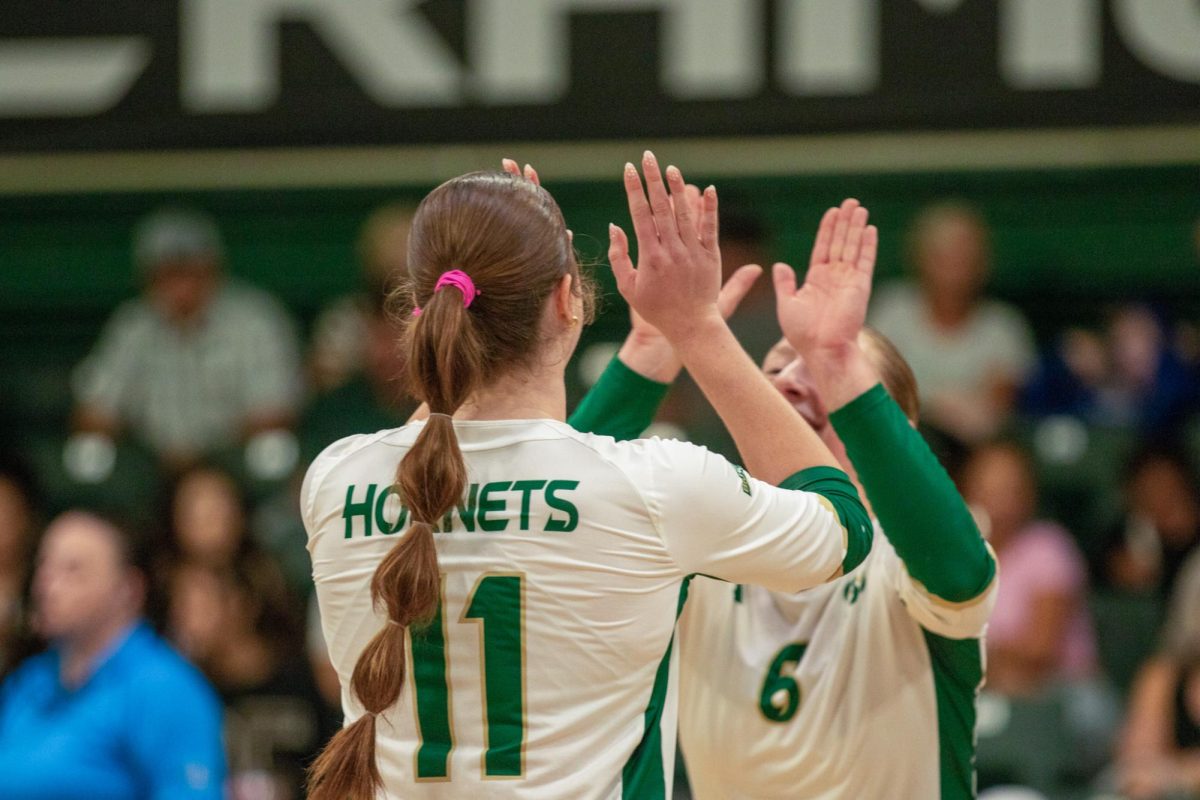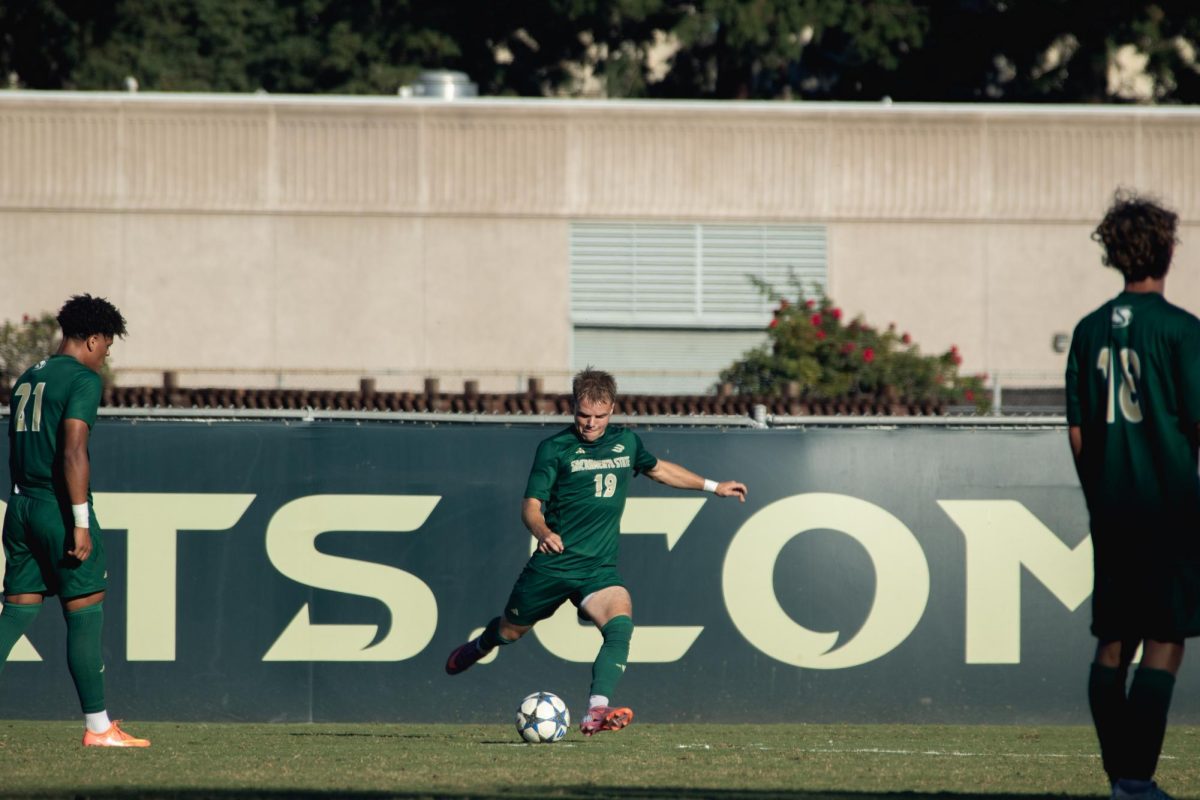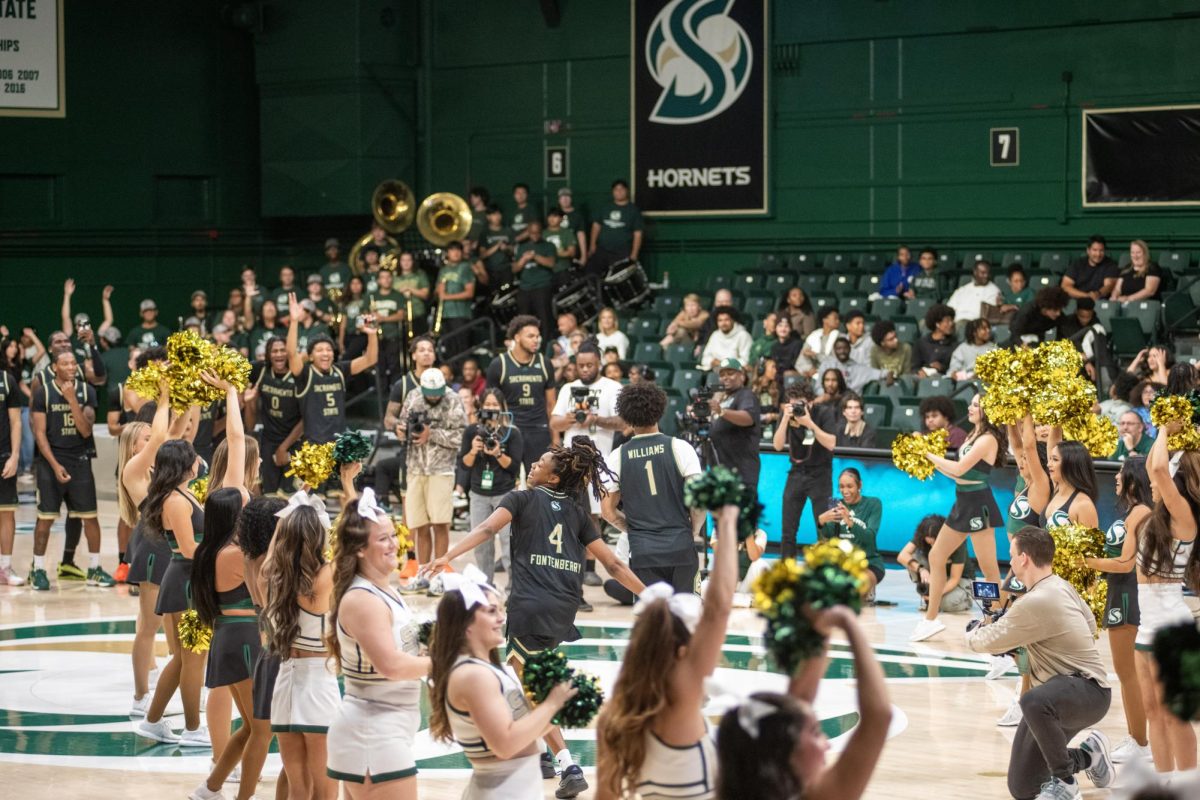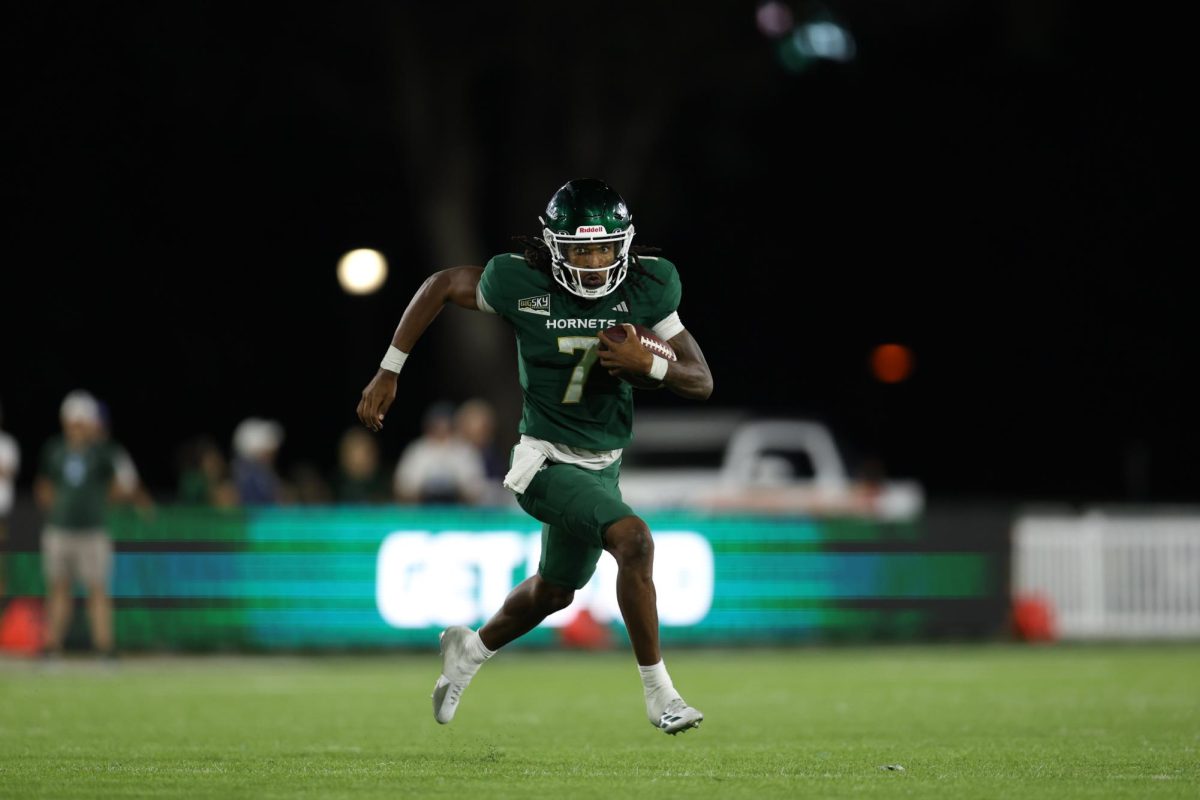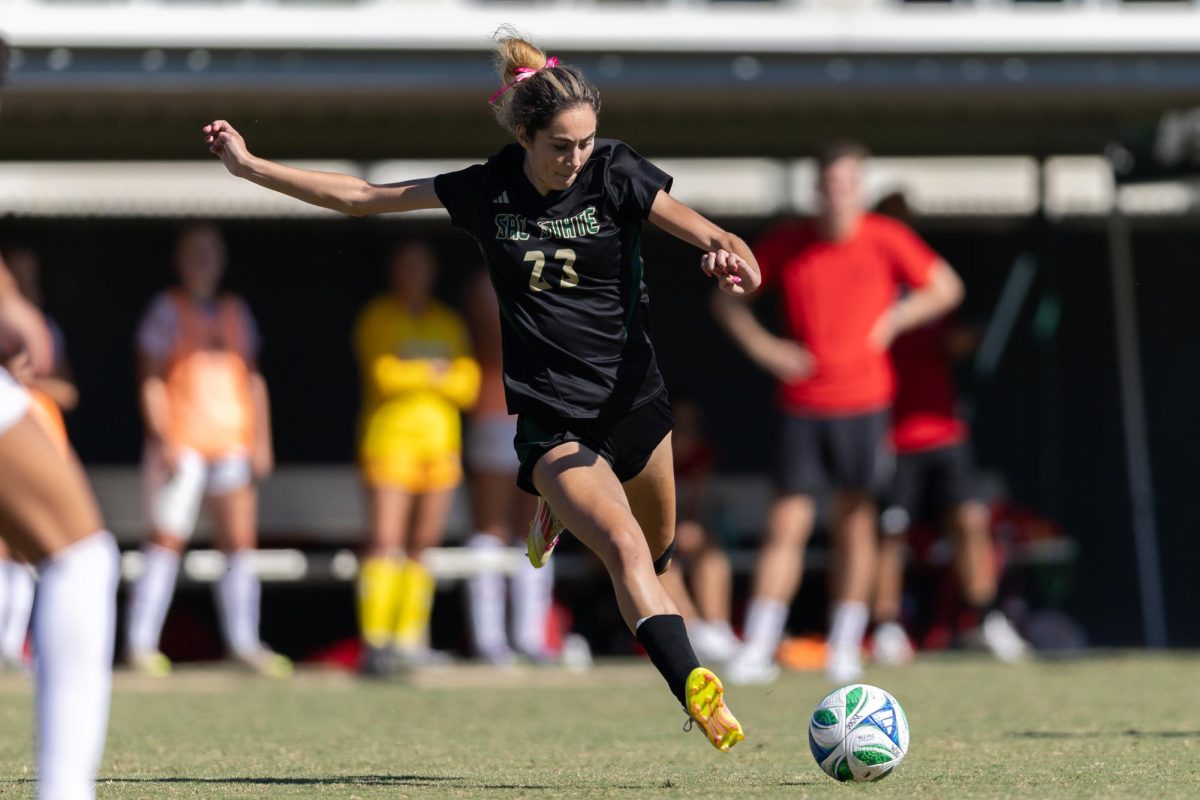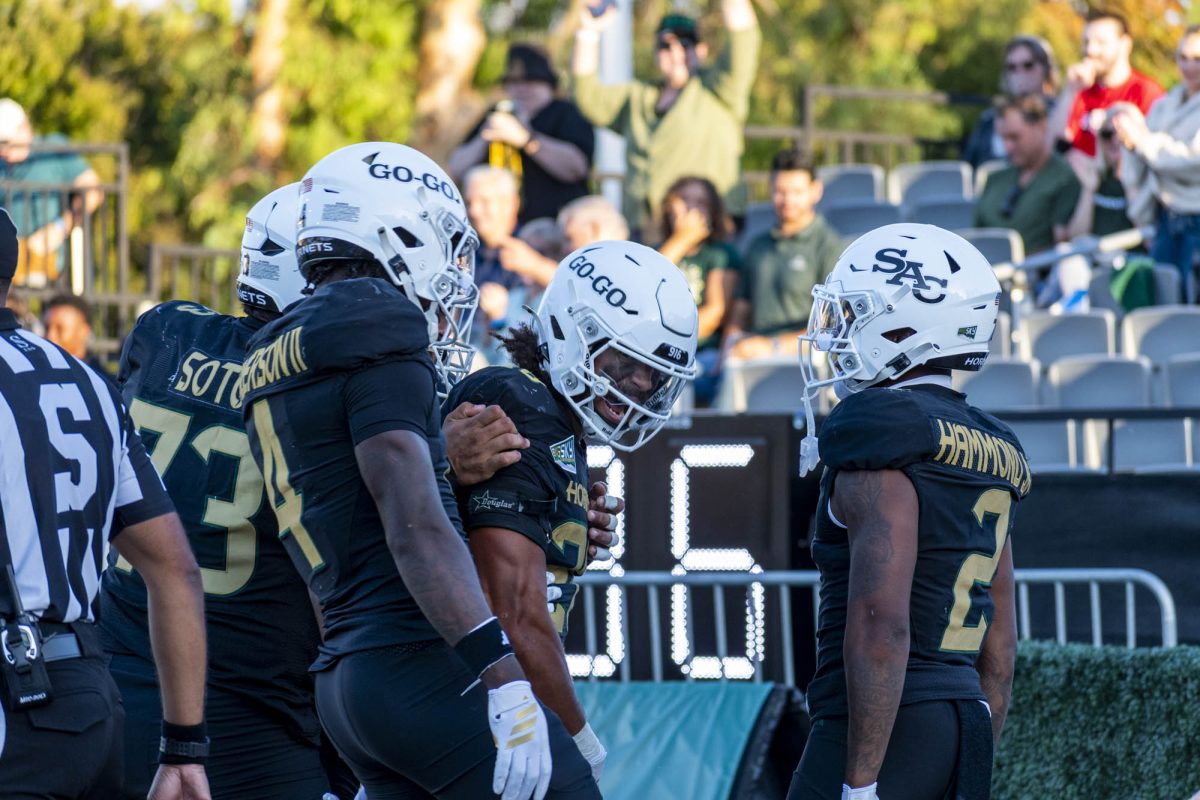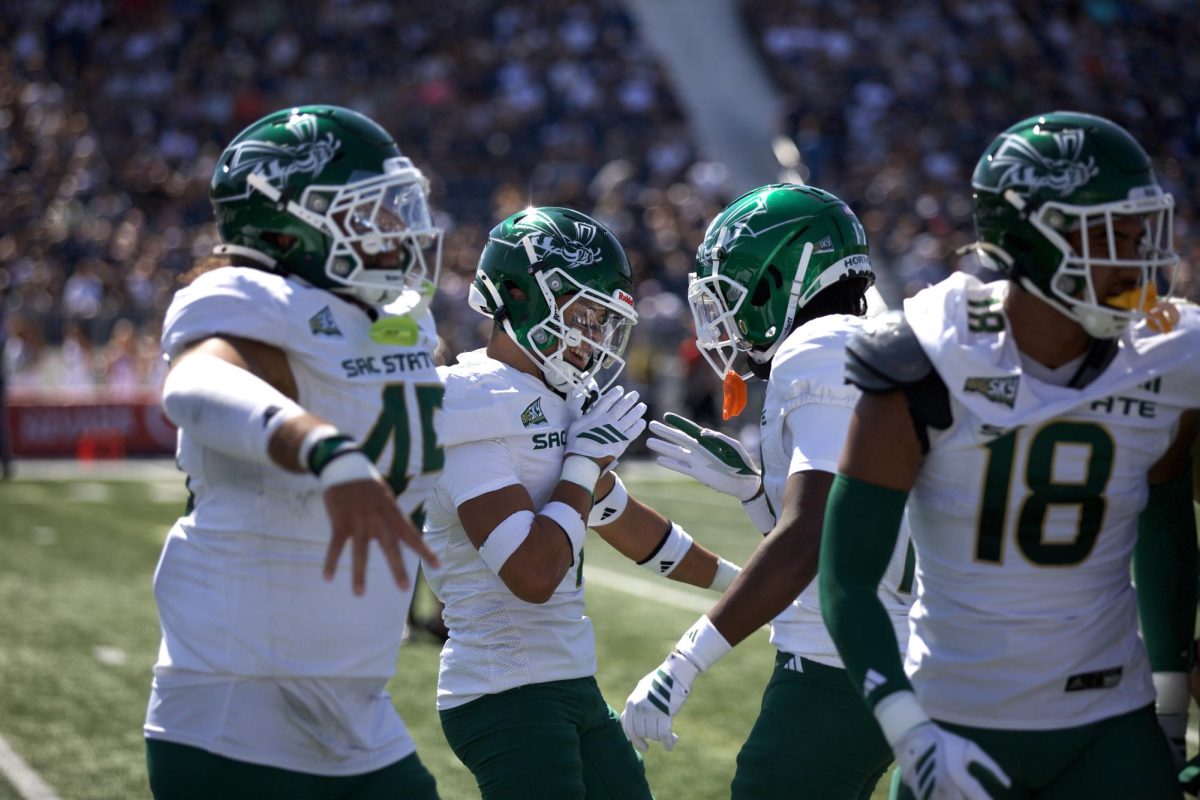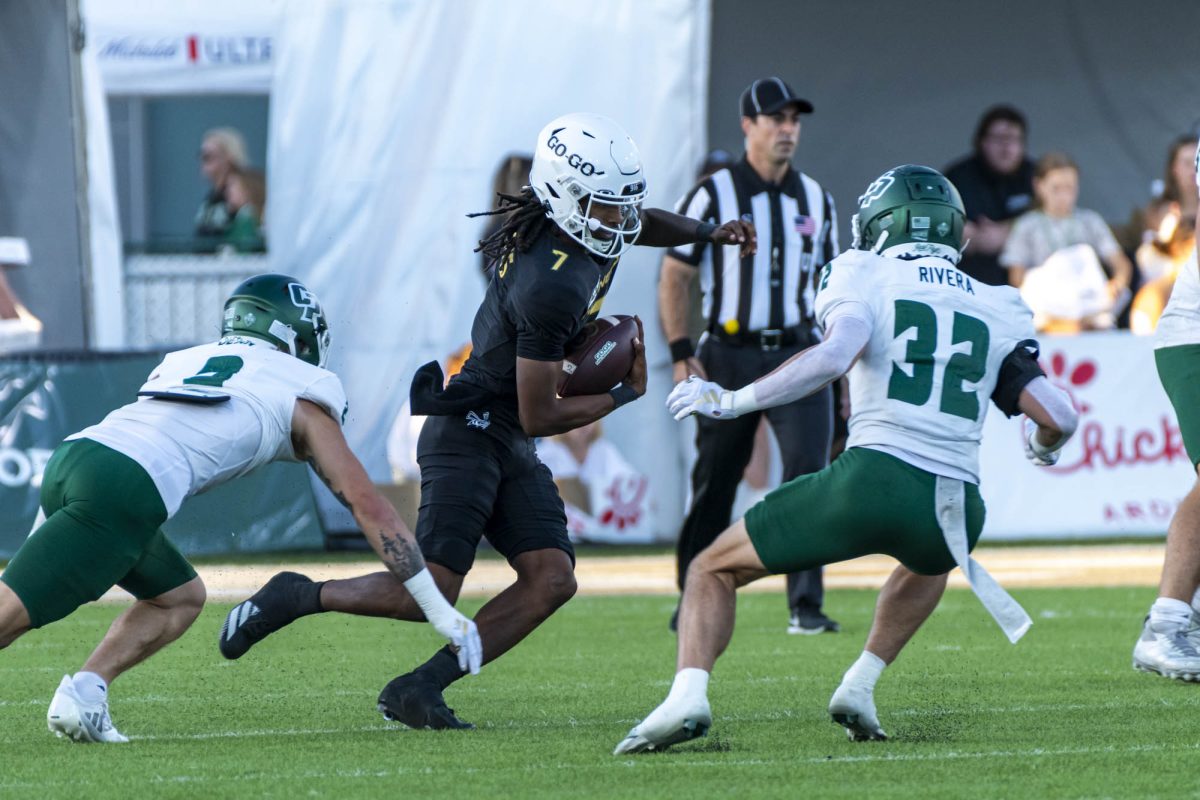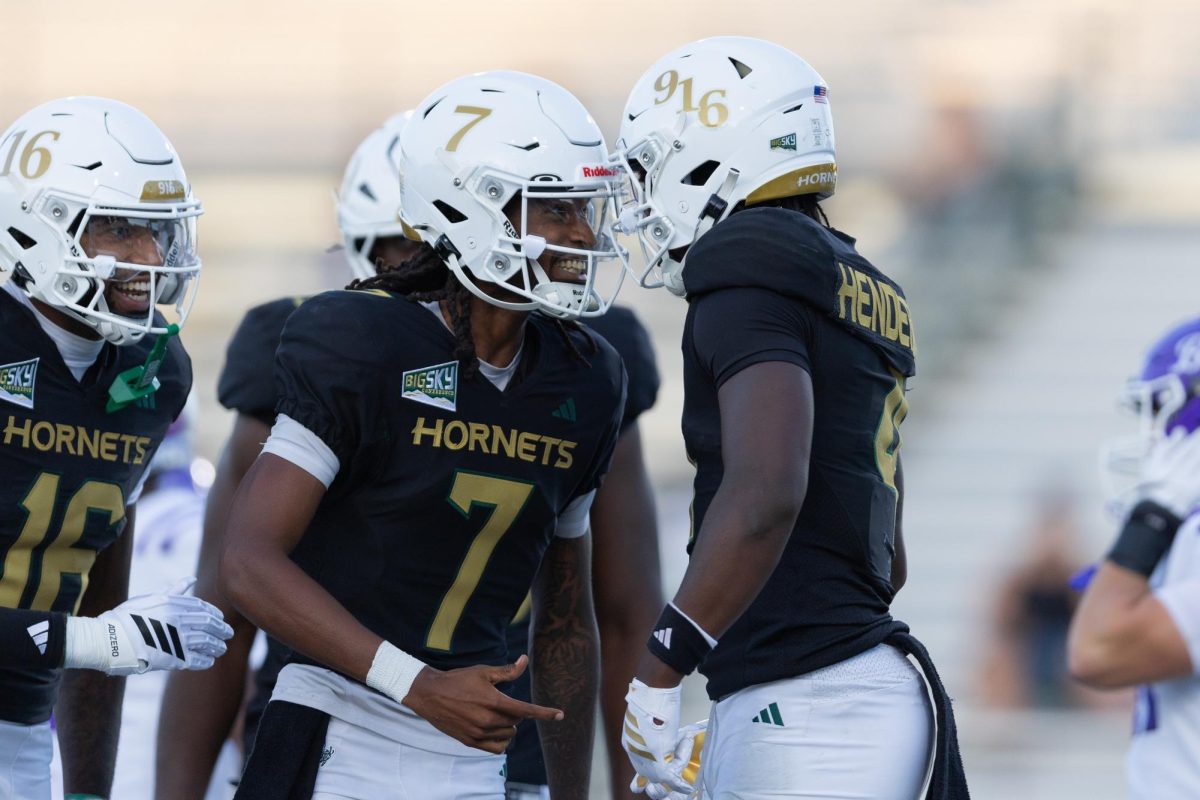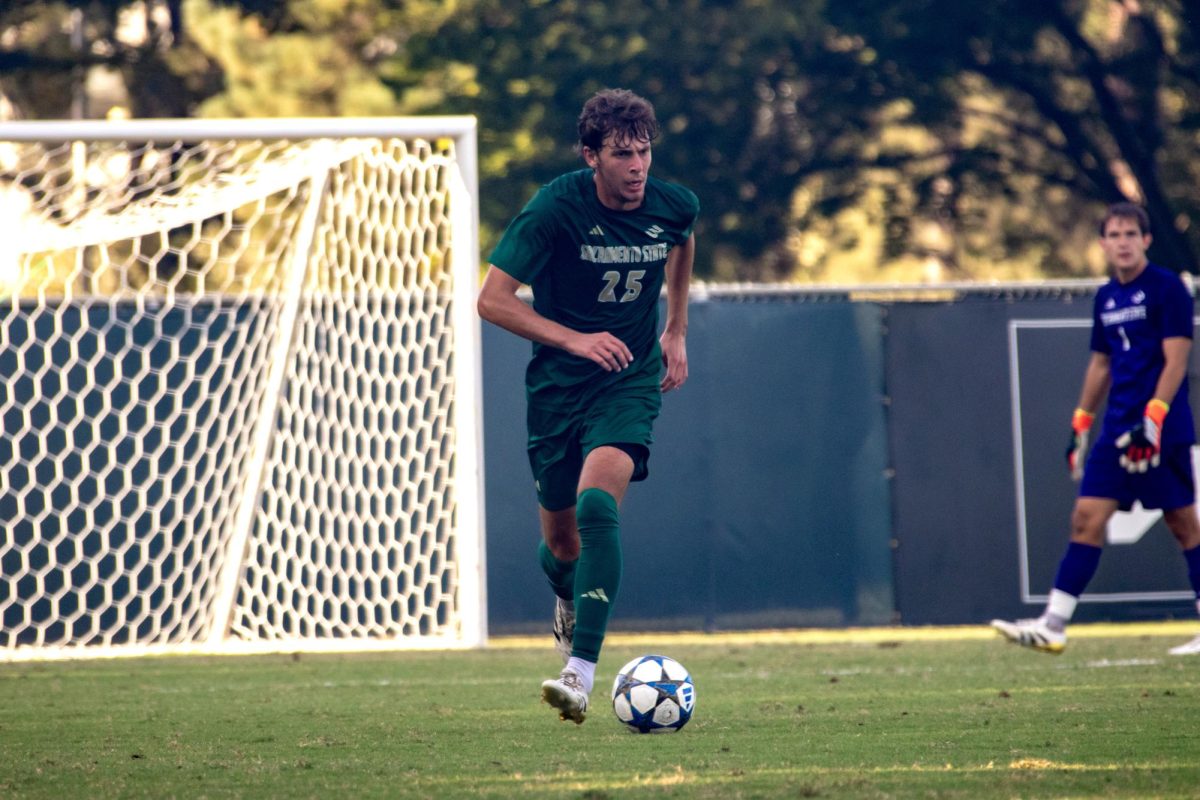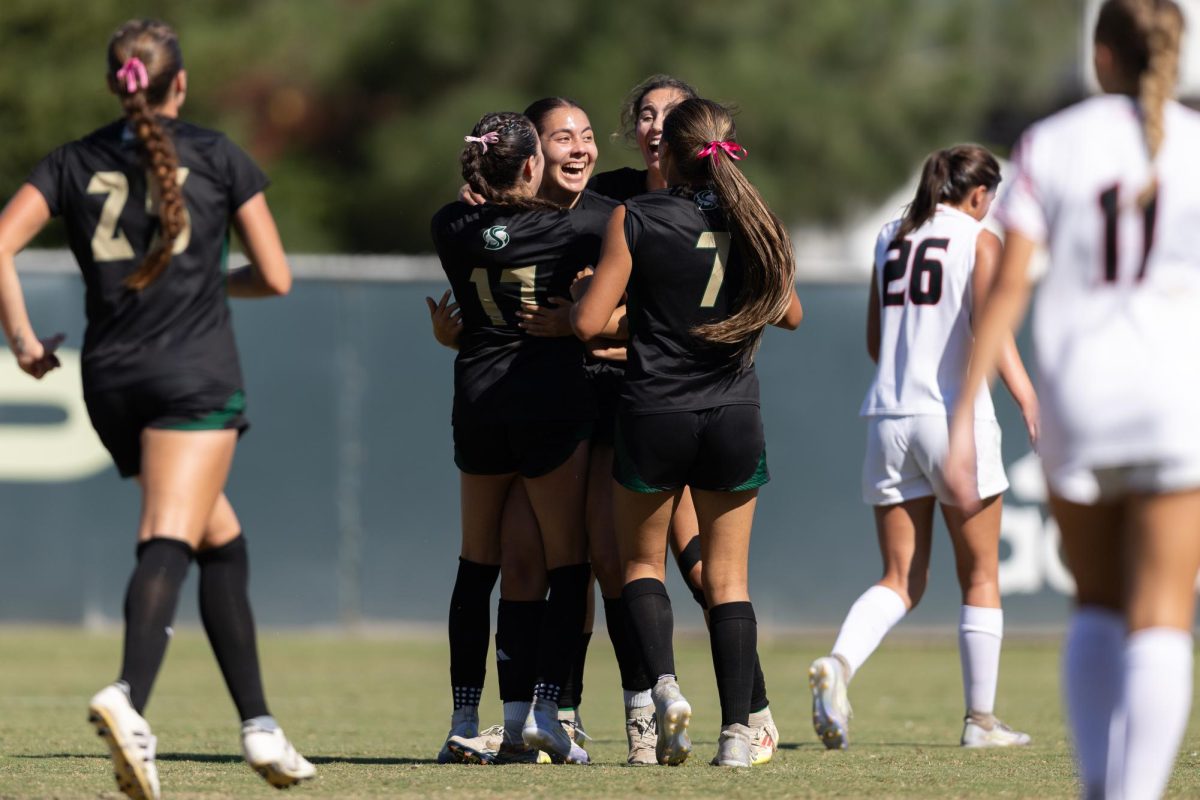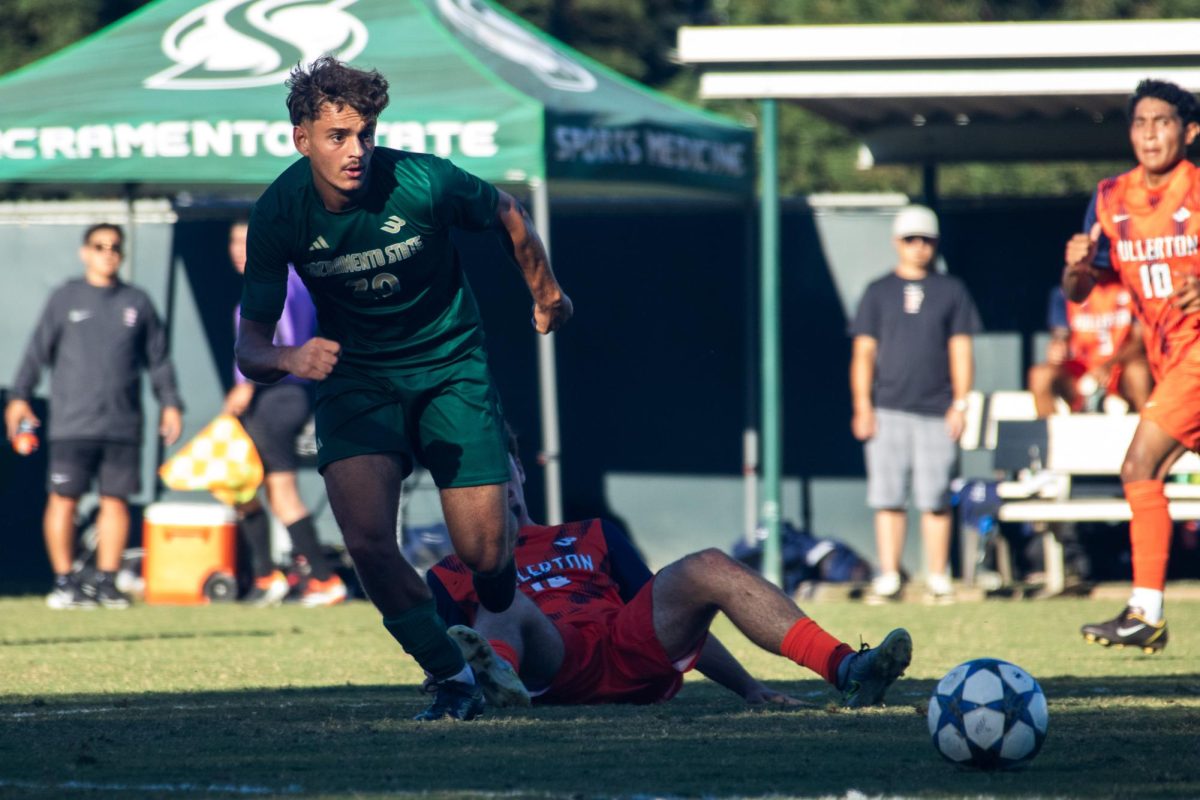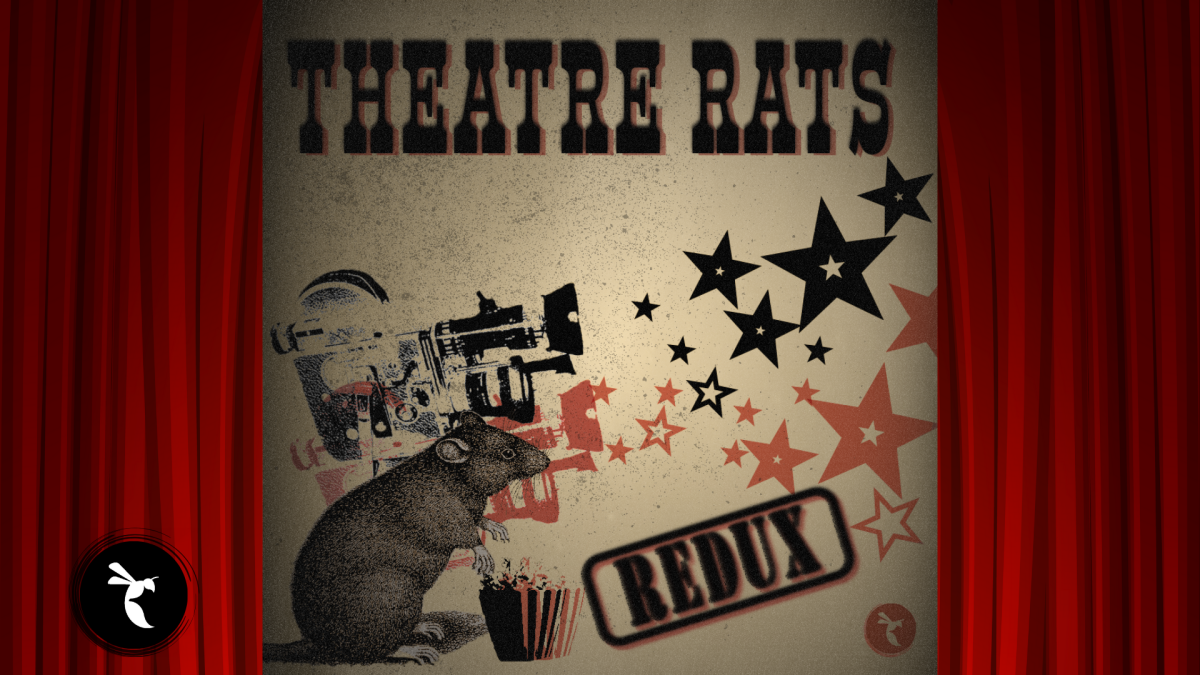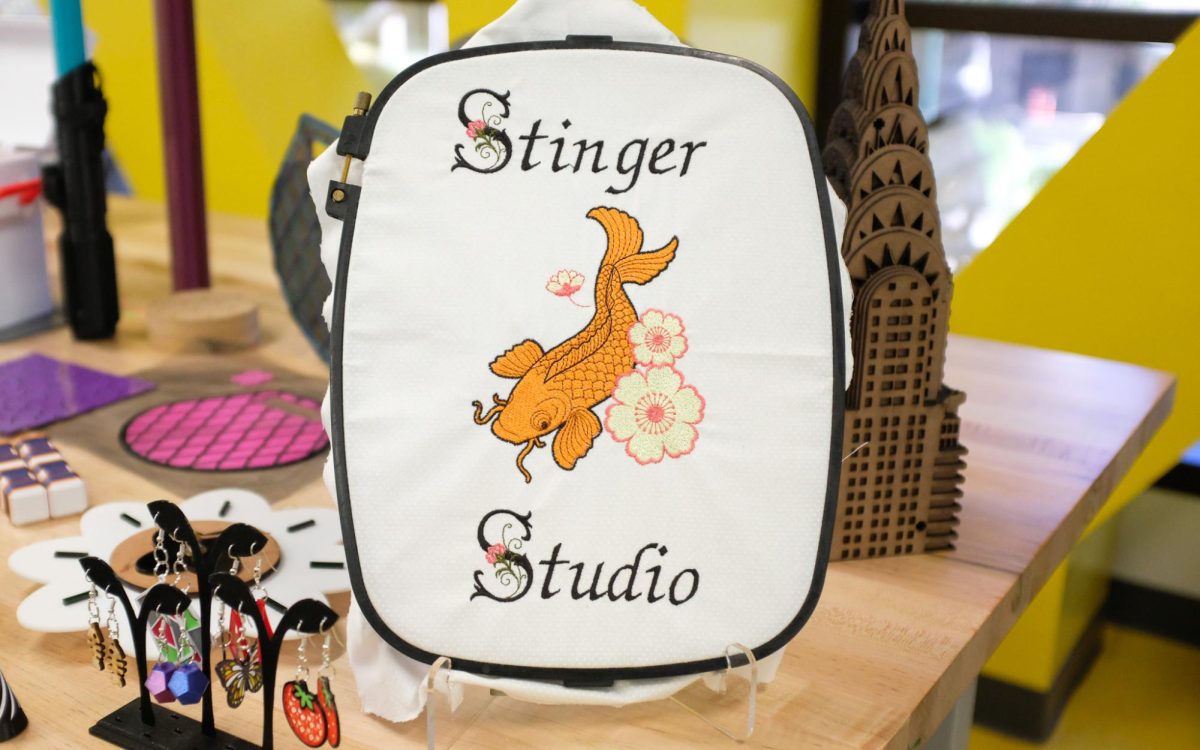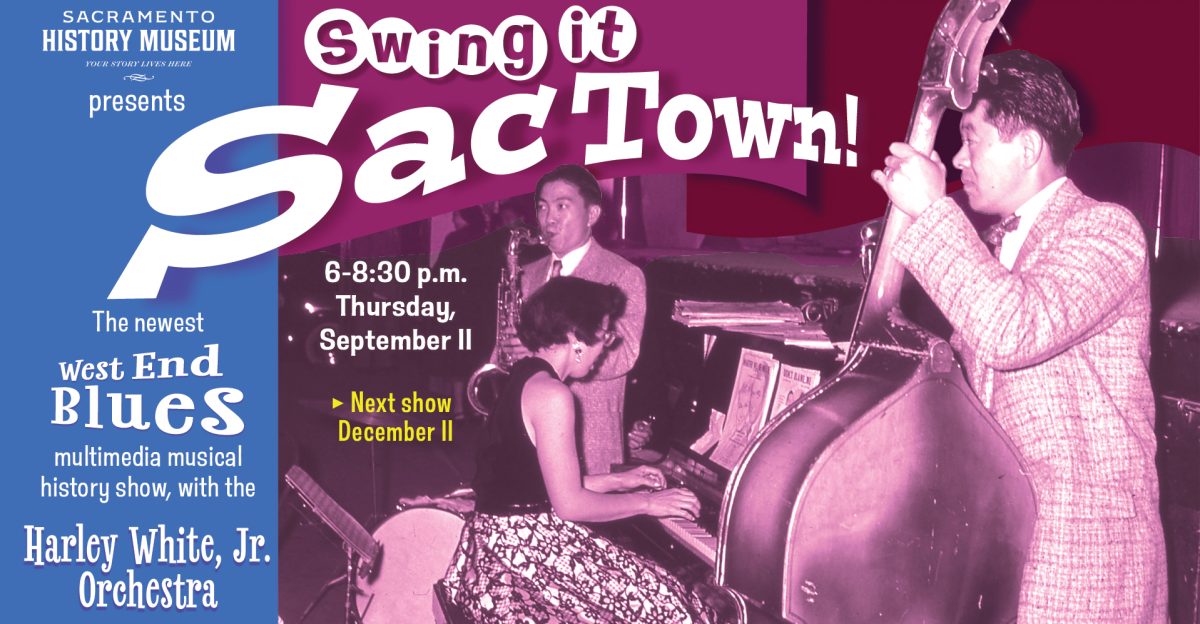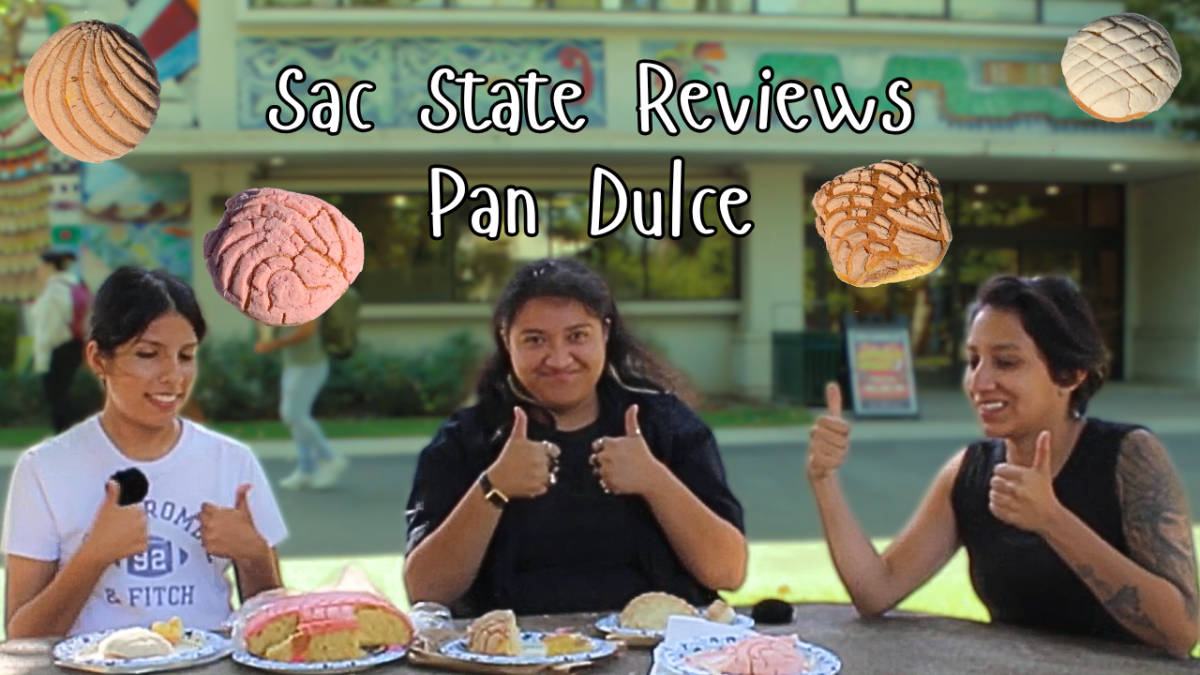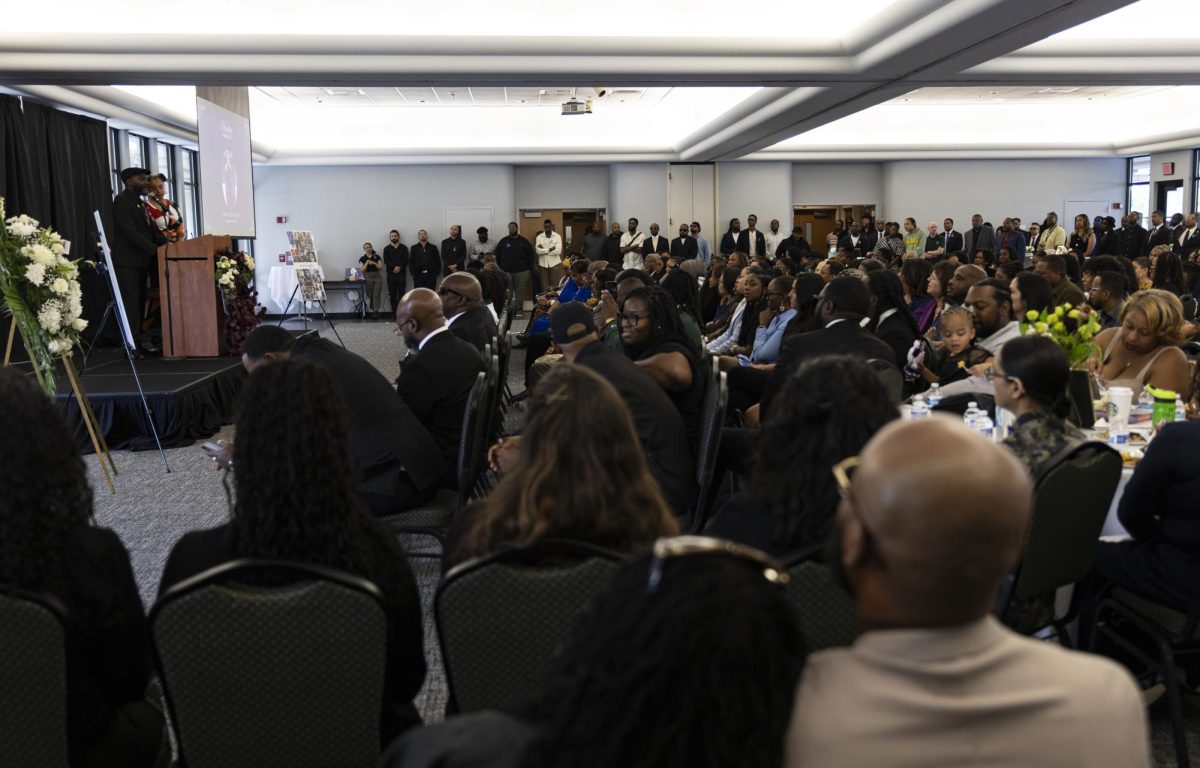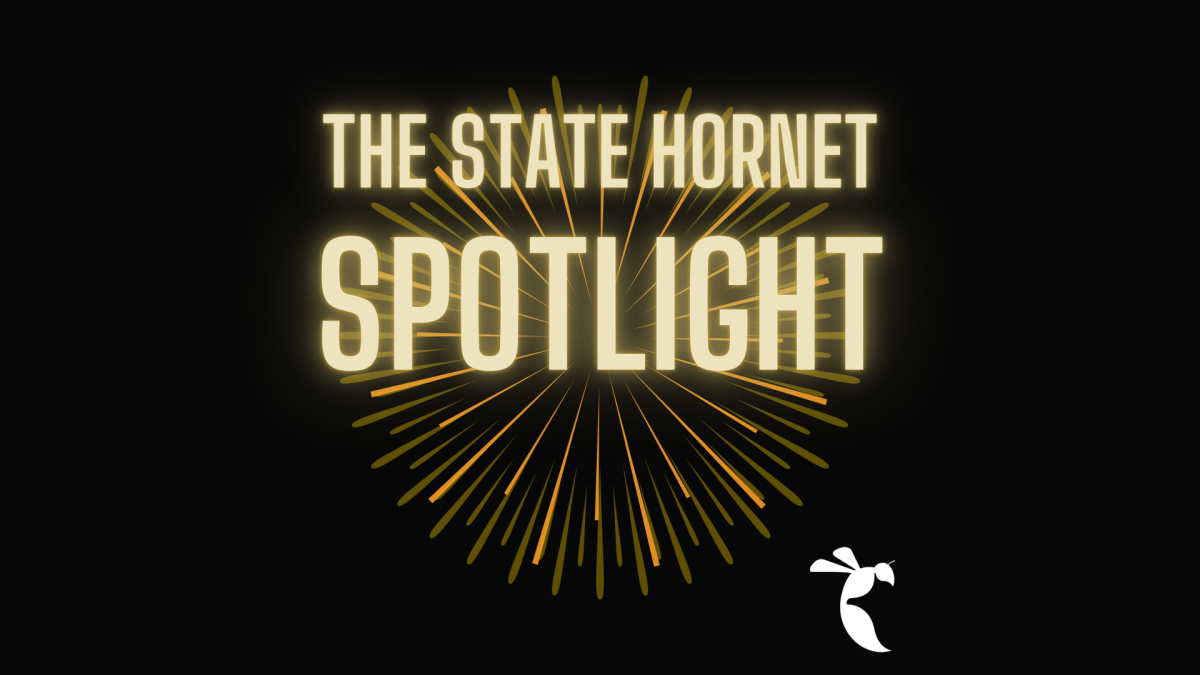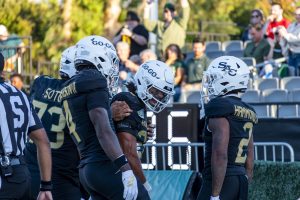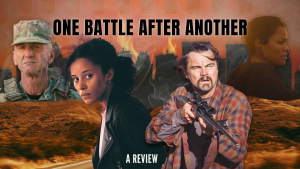Strategic Plan up for review, feedback
December 13, 2007
The Sacramento State Strategic Planning Council is gearing up to release the final draft of its strategic plan to guide university policies. The document is said to have a greater focus on recruiting and maintaining students, campus life and diversity.
Student recruitment is one of the newer goals that sets this document apart from previous versions, with the most recent strategic plan dating back to 1996 with minor revisions through 2004.
“In the past, we had so many students, we had to beat them away with sticks,” said Bruce Bikle, chair of the faculty senate and member of the Strategic Planning Council. “Now we have a lot of competition for the students coming in … we have to get out and recruit them.”
Though over 30,000 students applied to Sac State for a 2007 Fall admission – and more than 20,000 students were accepted – only 7,310 elected to enroll, a decline of 200 from the previous year, according to statistics released by the Strategic Planning Council.
Enrollment figures have a direct affect on the school’s budget, with the university getting about $10,000 per full-time student, Bikle said.
“That filters down, that’s what pays to put me in a classroom to teach,” Bikle said.
Another new focus is on advising and preparing students for graduation.
“What you should see is a lot more visible effort in advising students … in working with students to make sure they are making progress to graduate,” said Joseph Sheley, provost and vice president for Academic Affairs.
“(We will) be a lot more involved with students from the day they enter campus through the day they finish, and not leave them out there floating on their own.”
Aside from advising, the plan will attempt to improve graduation rates by adjusting the school’s course offerings.
“We need to make sure courses are in order so (students) can take them and get through,” Bikle said.
The plan also addresses campus life and engaging students with extra-curricular activities.
“Engagement is not simply sitting your butt down for six classes, engagement is actually getting involved and doing things,” Bikle said.
“You can either perceive CSUS as a place where you come for a couple hours a day to get whatever you need done,” Bikle said. “Or you can perceive CSUS as a place (where) there are other things (to do, like) going to a film, spending time in the library, conversing with friends (or) spending time in the Roundhouse.”
The new plan took 18 months of collaboration with various campus organizations and student groups, Sheley said.
“We held a number of open forums all over campus, and then we opened it up to e-mail and other commentary,” Sheley said. “Each of the vice presidents also took it out to his or her area and some of them (got really involved).”
A recent version of the draft was sent by e-mail to all Sac State students and faculty over the SacLink system, inviting people to provide feedback.
The e-mail didn’t generate much of a response, Sheley said, but “the people who … get involved usually do so in a very serious way.”
The document’s most recent “final draft” was approved unanimously by the faculty senate, said Bikle, and similarly approved by Associated Students, Inc.
“That was a signal I think to the Strategic Planning Council that they had done a good job in listening to all of the feedback over the last 18 months and had finallyfound common enough ground to say ‘OK maybeyou didn’t get every single thing I want, but this is a pretty good document,'” Sheley said.
The document will undergo a few more minor modifications, said Sheley, and then be submitted to Sac State President Alexander Gonzalez for final approval later this month.
Avi Ehrlich can be reached at [email protected].


